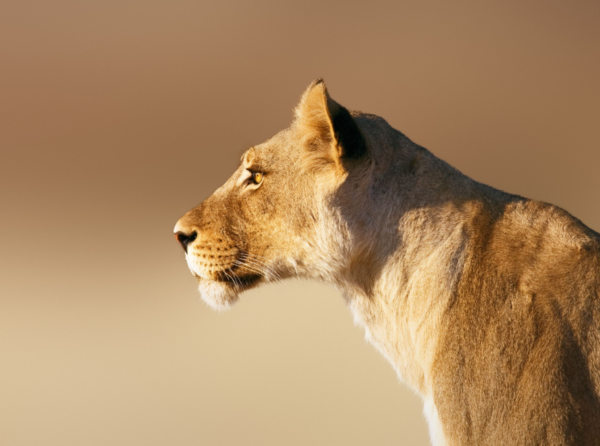Imagine if your income and financial security could be eaten by lions. Not the metaphorical lions of unexpected bills and taxes, but actual creatures that can kill and be killed.
Richard Turere in a Kenyan Maasai cattle herder. His life and the wellbeing of his family revolve around the safety of their cows – and therefore, their cows’ protection from lions. Unsurprisingly, many herders have bad feelings towards these feline predators, ready to harm and even kill them if necessary to defend their herd. Richard is different. “I love lions,” he has been documented saying. “I don’t see why I shouldn’t love lions.”

Despite this peaceful attitude, Richard’s cows are some of the safest in Kenya, and he’s extended this violence-free security to other herds thanks to his break-through invention. The creation was inspired by an incident that happened when he was only 11; previously, Richard had tried to find other bloodless ways to protect his cows, including a scarecrow (which didn’t bother the lions at all), and a darkened pen that kept the herd out of view, but unfortunately, didn’t hide their scent. Attacks were happening on their cattle nightly. However, one night, 11 year old Richard was patrolling with a torch, and the lions never came. That’s when an idea hit him.
Using solar-power, Richard created a system that simulates the motion of swinging torch-light, implying to lions that humans are on patrol whilst allowing them to sleep through the night. He tested out his idea, and the attacks stopped: his family went from losing up to nine cows a week to having zero losses.
Richard is now 18, and the Lion Lights system is now in 750 homes in his community and further afield. People have even created their own versions of his lights as far away as Argentina and India.
Lion Lights 2.0 costs $200 to install. Half of the money usually comes from NGOs, whilst the rest is provided by the herder. As well as selling and installing his lights, Richard often improves upon his design; the system now has 16 different light settings, and features a new wind turbine so that it still works after cloudy days.
This peaceful defense method is not only saving the livelihoods of cattle herders, but it is saving the life of lions, too. According to the Kenyan Wildlife Service, Kenya has been losing about 100 lions each year for the last decade, with just over 1,700 left in the wild. These deaths have been increasingly caused by humans, either defending their cattle or carrying out ‘preemptive’ or retaliatory killings. As the Maasai have lost land over the years, clashes with protected lions have increased, and therefore, so have the killings.
Despite helping in this crisis, Richard has not received any support from either the government or the Kenyan Wildlife Service. He did receive a scholarship to an impressive school in Nairobi, but he feels that the Kenyan government could do a lot more to support people like him. Without broader support, Richard has not been able to take the Lion Light as far as they could go, and he worries about other Kenyans with good ideas but no financial way to bring them to life.







